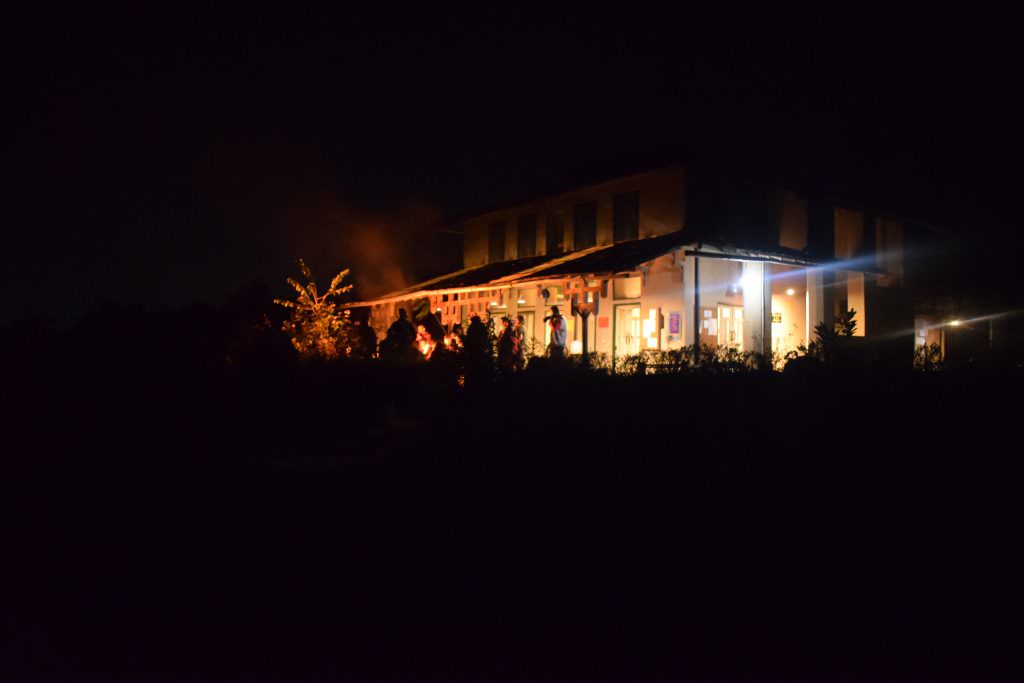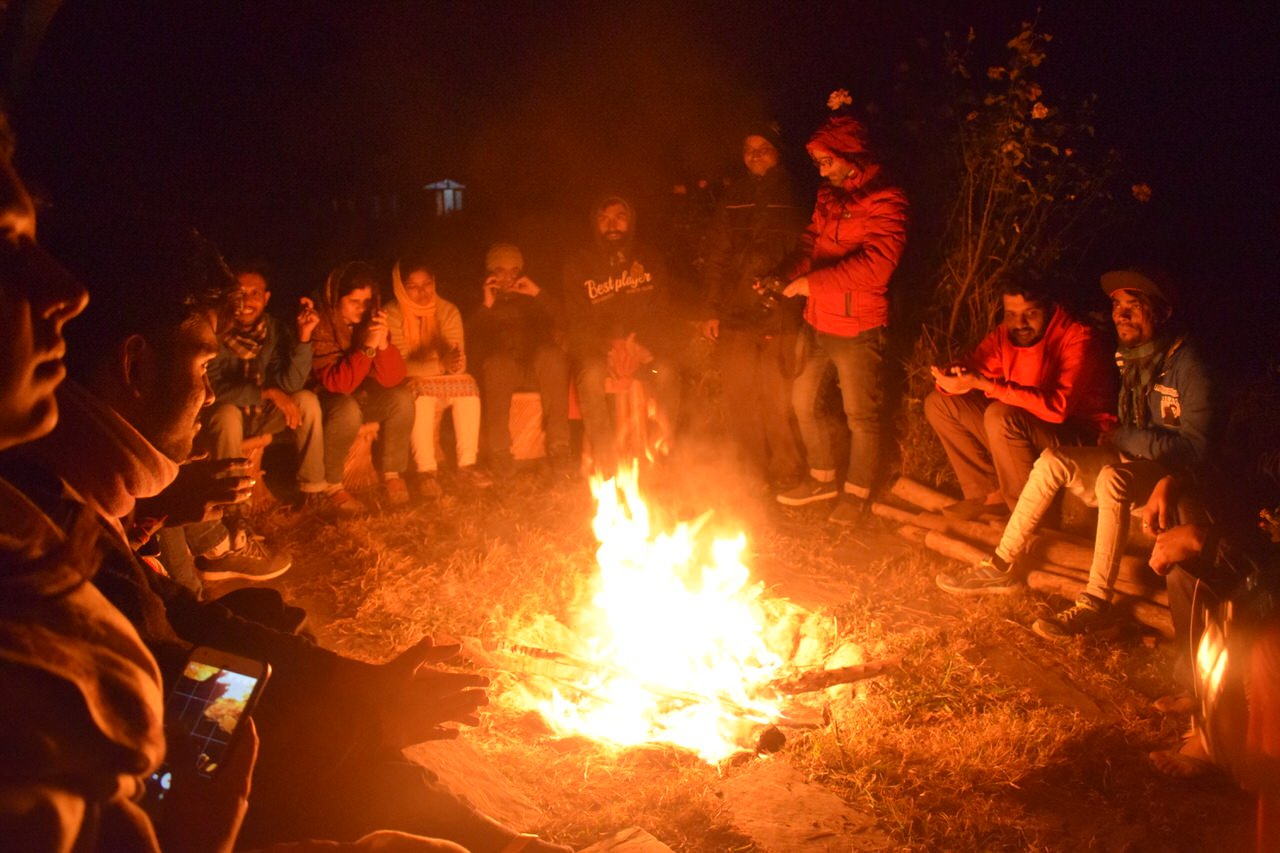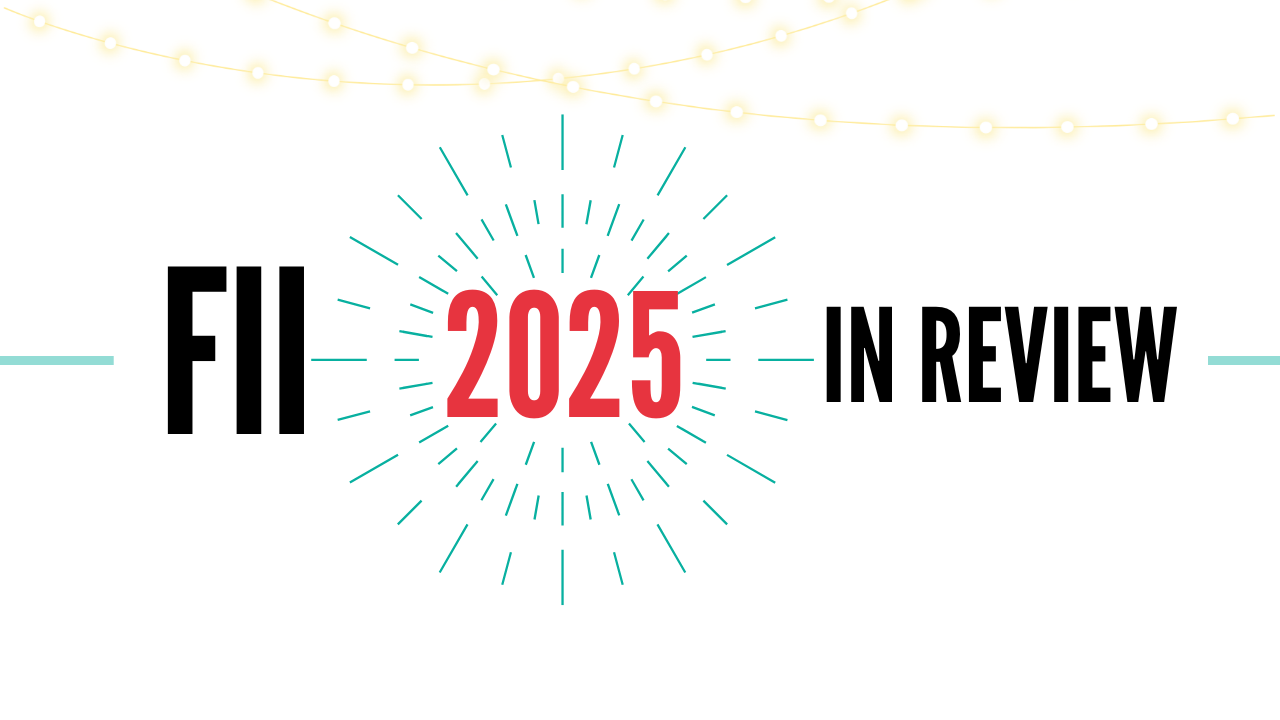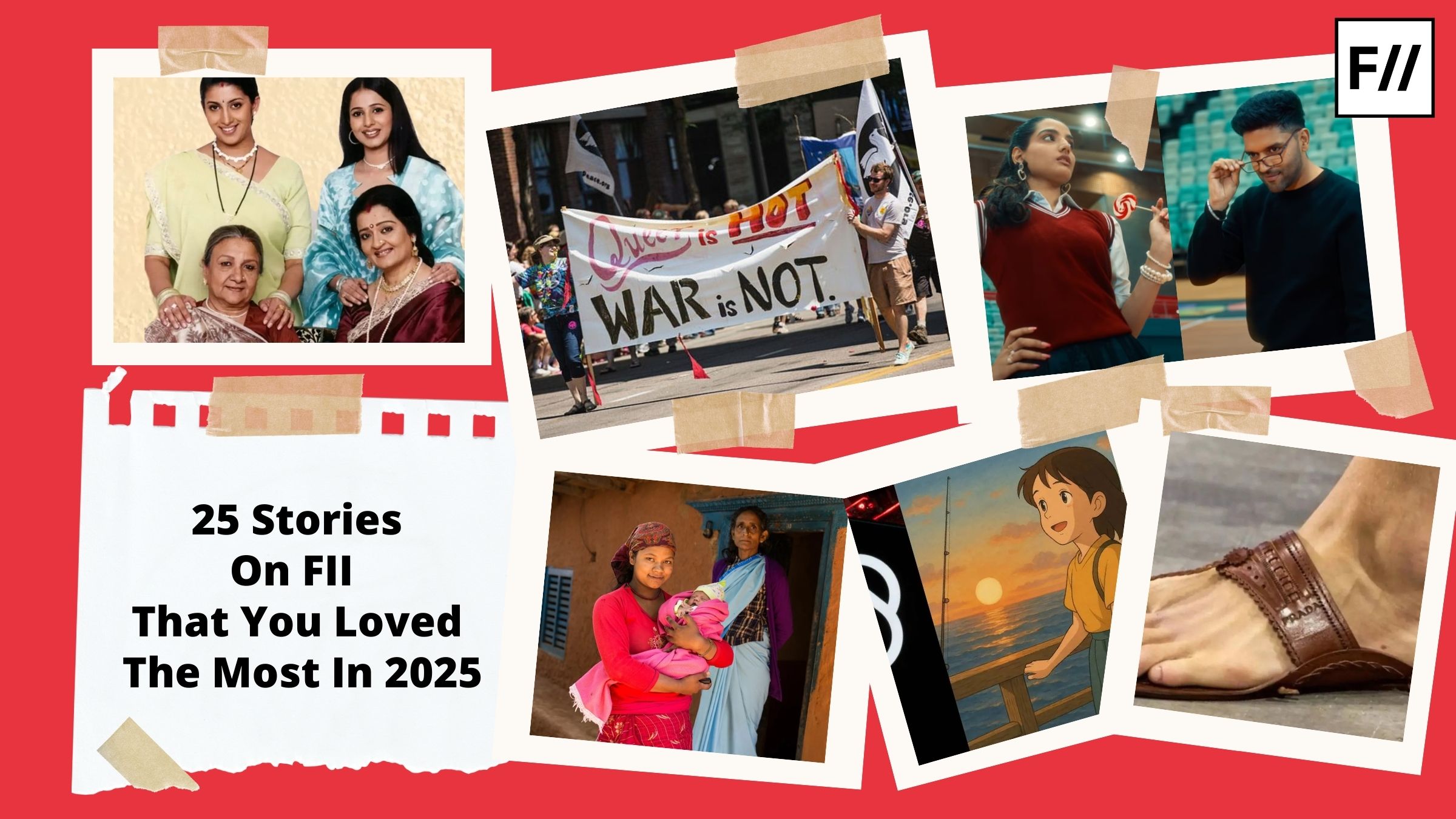The Sambhaavnaa Institute of Public Policy and Politics, located in the village Kandbari in Himachal is an alternative institute dedicated to social, economic, political and environmental justice. From the 10th to 14th of November, Sambhaavnaa Institute organised the Barefoot Media Workshop, entailing a comprehensive theoretical and practical learning session on what is needed to be a community journalist. FII content editor Mahika Banerji was a participant in this workshop.
Facilitated by journalist and activist Kiran Shaheen, the Barefoot Media Workshop was a five-day session which comprised of various learning tools such as lectures on various types of media, history of media, the structure of media and what defines barefoot media. This was further linked to a larger socio-political discourse with sessions on the media and its connection to governance, gender-based violence and capitalism.

The Barefoot Media Workshop provided a detailed insight into the what defines a community, communities that exist on the outside of urbane platforms. As well as how these communities network with each other and how information is disseminated. It’s not just lack of urbanity that is needed to identify a rural community, but one has to take into account factors such as law, governance, policy, environment, occupation, politics, health, etc.
The Barefoot Media Workshop did not solely focus on the technicalities of barefoot media (can also be known as community journalism) but dedicated a considerable amount of time to social justice and affirmative action. A remarkable aspect of the workshop was that all the participants came in from different walks of life, consisting of journalists, activists, NGO workers, students, etc., who were Kashmiri, Tibetan, American, Malayali, etc. Yet the five-day session was cohesive, harmonious and productive. Here, due credit should be given to the facilitators. Besides learning sessions, activities such as group theatre exercises and putting together a bonfire for everyone to gather, talk, sing and read out poetry helped immensely.

A highlight of this workshop was theory meeting praxis. Over a period of two days, we were sent out on field exercises within the village of Kandbari. The first exercise was an observation exercise where we individually (or in pairs) asked to pick and a subject, interact with it, make notes, audio-visual documentation. Subjects ranged from people to animals to water-run mills. Following which, we were asked to compile a write-up or do a photo/video feature on the subject of our observations.
Our second field exercise entailed being divided into groups, picking a subject and search Kandbari for material and data that could be used as a news article. This exercise was crucial in teaching us how to find news without the aid of Google. Subjects ranged from the environment to animal husbandry in the village. Our two field exercises taught us a very vital skill: that of rapport formation. The news articles that were compiled at the end of this exercise were edited and compiled in a newsletter at the end of the workshop.
Sessions on journalism and its types, presentations on observation and documentation, the definition of a community, capitalism and its ties to media, state violence and social justice were aspects that we could utilise in our field exercises. A major portion of our evenings was dedicated to film screenings on events such as encounters and protests in Kashmir, the Dongri Kondh Adivasis’ struggle against Vedanta in Niyamgiri, Odisha and the Tibetan Freedom Struggle. Stories that many mainstream media channels do not want to tell us.
Being a part of this workshop was a genuine pleasure and a very insightful experience. FII is grateful to Sambhaavnaa Institute for having the privilege to be a part of this wonderful and productive session.
About the author(s)
Feminism In India is an award-winning digital intersectional feminist media organisation to learn, educate and develop a feminist sensibility and unravel the F-word among the youth in India.




